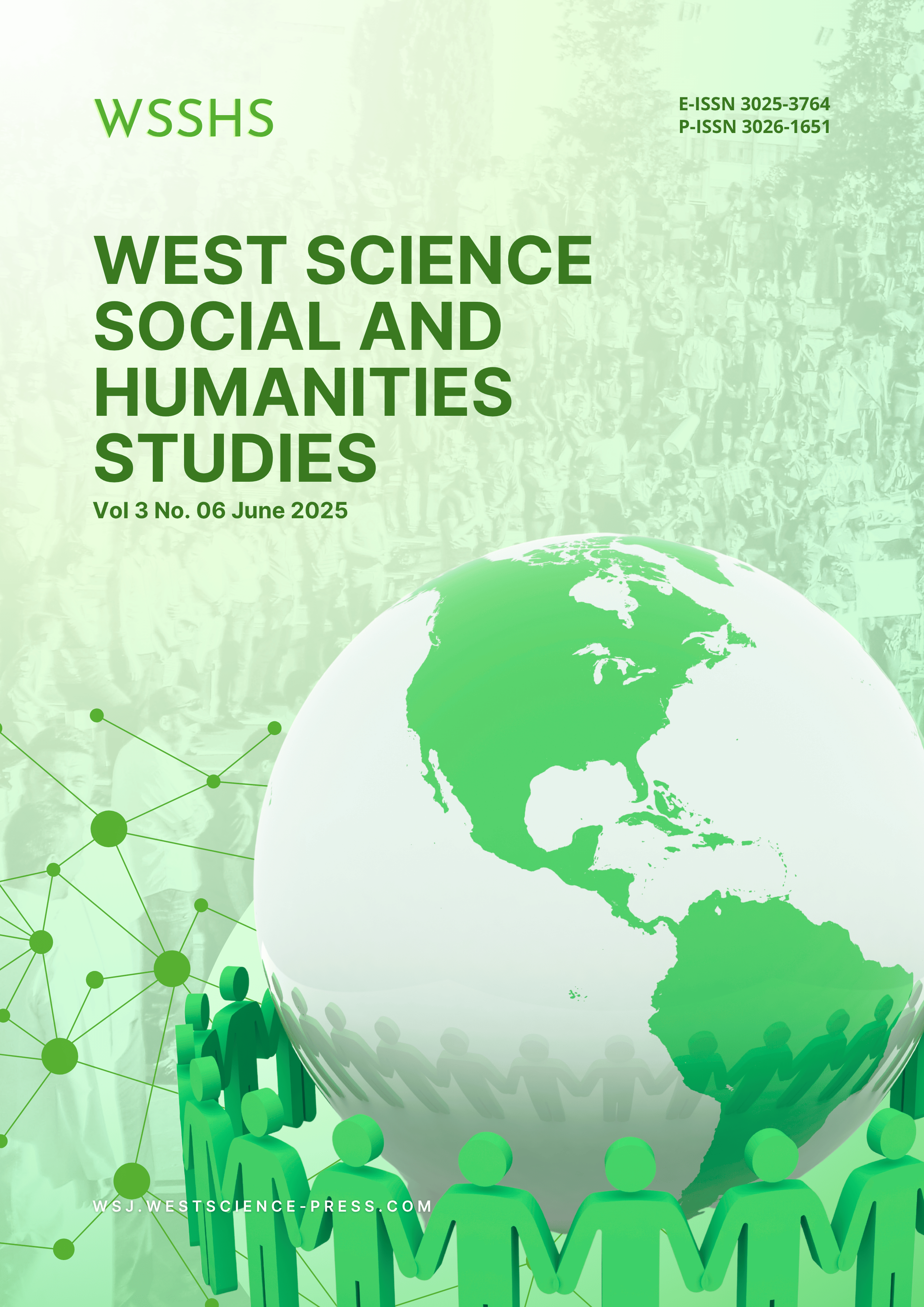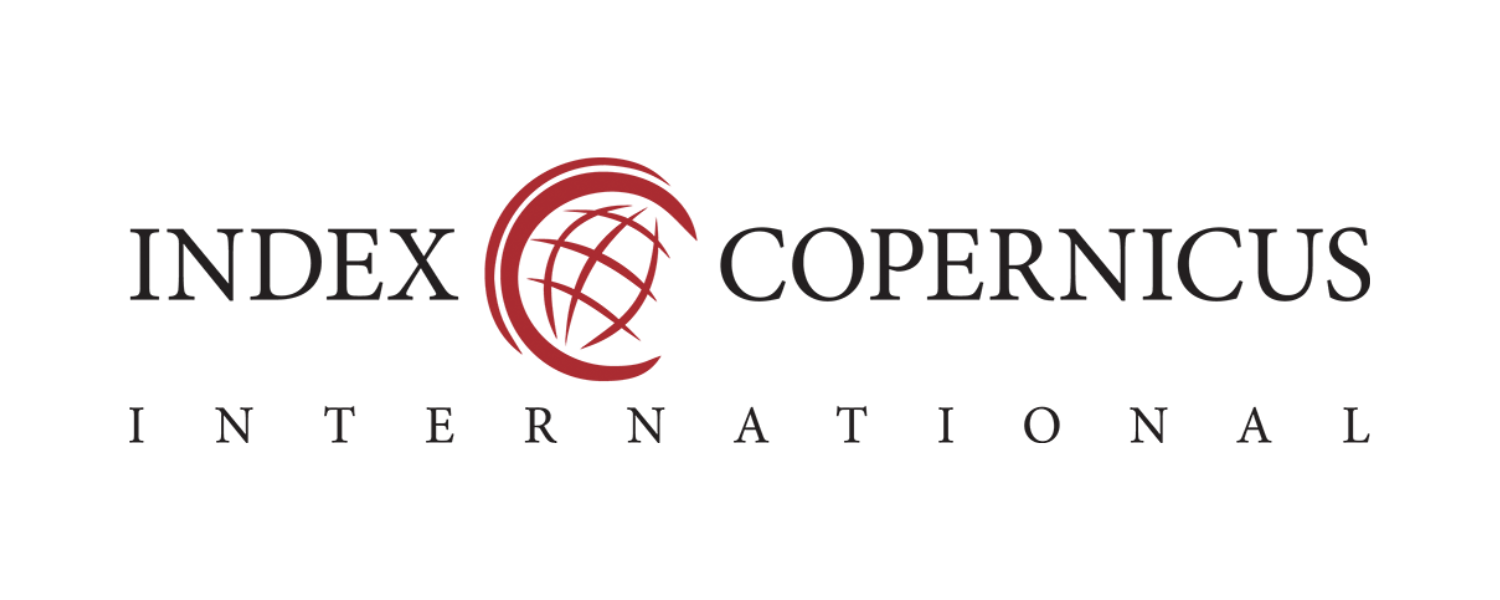Implications of VAT Increase and Global Price Volatility on Middle Class Consumption Behavior and Urban Inflation Rate in Central Java
DOI:
https://doi.org/10.58812/wsshs.v3i06.1993Keywords:
VAT Increase, Global Price Volatility, Middle-Class Consumption, Urban Inflation, West JavaAbstract
This study examines the implications of VAT increases and global price volatility on middle-class consumption behavior and the urban inflation rate in West Java. Using a quantitative approach, data from 200 respondents were analyzed via Structural Equation Modeling - Partial Least Squares (SEM-PLS). The results reveal that VAT increases significantly influence both middle-class consumption patterns and urban inflation, with stronger effects compared to global price volatility. VAT adjustments impact household spending priorities and contribute to inflationary pressures in urban areas, while global price fluctuations moderately affect consumption behavior and inflation through external market dependencies. These findings underscore the need for balanced fiscal policies and strategies to manage external economic shocks to ensure urban economic stability and resilience.
References
[1] H. Ishaqi and N. H. Mastor, “Exploring Value-Added Tax Impact on Middle and Low-Income Citizens: A Bibliometric Analysis,” Int. J. Acad. Res. Bus. Soc. Sci., vol. 14, no. 6, pp. 86–115, 2024.
[2] P. Fève, J. Matheron, and J.-G. Sahuc, “Règles budgétaires strictes et stabilité macro–économique: le cas de la TVA sociale (Strict Fiscal Rules and Macroeconomic Stability: The Case of Social Vat),” Available SSRN 2306001, 2013.
[3] Y. GE, Z. TIAN, and Y. HU, “On the income distribution effect of replacing business tax with VAT: From the double perspectives of income and consumption,” Contemp. Financ. Econ., no. 04, p. 587, 2015.
[4] C. H. Ebeke and H. Ehrhart, “Does VAT reduce the instability of tax revenues?,” 2012.
[5] L. J. Mastronardi, “Externalidades fiscales interregionales en Argentina: Un análisis de equilibrio general computado,” Estud. económicos, vol. 30, no. 60, pp. 37–70, 2013.
[6] S. A. Hidayat and R. Haryatiningsih, “Pengaruh Inflasi, Upah Minimum dan Jumlah Penerima BLT terhadap Pengeluaran Konsumsi Perkapita di 7 Kota Jawa Barat Tahun 2018-2022,” in Bandung Conference Series: Economics Studies, 2024.
[7] M. A. Nizar, “Kelas menengah (middle class) dan implikasinya bagi perekonomian Indonesia,” 2015.
[8] A. Rizal, I. M. Apriliani, and R. Permana, “Assessment the impact of fiscal and monetary policy on West Java Province of Indonesia: a Computable General Equilibrium analysis,” World Sci. News, vol. 150, 2020.
[9] A. D. Fadilah, N. T. Adinda, M. M. Rahma, R. S. Lauda, and L. Suminar, “Dampak Kenaikan Tarif PPN terhadap Inflasi dan Daya Beli Masyarakat Indonesia,” Media Akunt. Perpajak., vol. 9, no. 2, pp. 67–78, 2024.
[10] M. I. Fathoni, “Indonesia’s Value Added Tax (VAT) Reform: Fiscal Benefits and Sectoral Impacts,” J. Syntax Admiration, vol. 6, no. 1, pp. 530–548, 2025.
[11] R. P. Auliasari, S. W. Nugroho, and Y. D. Kurniawan, “Pengaruh Kenaikan PPN 11%, Kenaikan Harga Sembako dan Pendapatan terhadap Perilaku Konsumtif Masyarakat Kota Madiun,” Equiv. J. Econ. Account. Manag., vol. 3, no. 1, pp. 26–45, 2025.
[12] A. Tait, “Value-Added Tax, National: From The Encyclopedia of Taxation and Tax Policy,” 1999.
[13] N. T. Azaria and Z. Robinson, “The revenue raising capabilities of a VAT system in developing countries: economics,” South African J. Econ. Manag. Sci., vol. 8, no. 1, pp. 63–76, 2005.
[14] C. Shoup, “The value added tax and developing countries,” World Bank Res. Obs., vol. 3, no. 2, pp. 139–156, 1988.
[15] L. N. Lanteri, “Determinantes de los precios reales del petróleo y de las materias primas no petroleras, 1980: 1-2009: 3,” Análisis Económico, vol. 25, no. 59, pp. 99–120, 2010.
[16] M. Ashena, H. L. Khezri, and G. Shahpari, “Investigation into the dynamic relationships between global economic uncertainty and price volatilities of commodities, raw materials, and energy,” Appl. Econ. Anal., vol. 32, no. 94, pp. 23–40, 2023.
[17] P.-E. Darpeix, “Literature review on the consequences of food price spikes and price volatility,” 2019.
[18] M. Goldstein, “Downward Price Inflexibility, Ratchet Effects, and the Inflationary Impact of Import Price Changes: Some Empirical Evidence (Rigidité à la baisse des prix, effets de cliquet et incidence inflationniste des fluctuations des prix à l’importation: quelques tests empiriques)(Inflexibilidad de los precios a la baja, efectos de trinquete e impacto inflacionario de la variación de los precios de importación: Algunas pruebas empíricas),” Staff Pap. Monet. Fund, pp. 569–612, 1977.
[19] H. Till, “Price Volatility in the Food Markets,” Available SSRN 2609092, 2011.
[20] N. Chun, R. Hasan, M. H. Rahman, and M. A. Ulubaşoğlu, “The role of middle class in economic development: What do cross‐country data show?,” Rev. Dev. Econ., vol. 21, no. 2, pp. 404–424, 2017.
[21] R. P. Sagar, “The Global Middle Class: How Multinationals Can Capitalize on the Emerging Middle Class in China and India,” J. Glob. Bus. Community, vol. 3, no. 2, pp. 1–22, 2012.
[22] M. Ghosh, “Consumption and Distributional Implications of the Implementation of Value Added Taxes in India.” Deakin University, 2020.
[23] J. Ha, M. A. Kose, F. Ohnsorge, and H. Yilmazkuday, “Understanding the global drivers of inflation: How important are oil prices?,” Energy Econ., vol. 127, p. 107096, 2023.
[24] A. Galesi and M. J. Lombardi, “External shocks and international inflation linkages: a global VAR analysis,” ECB working paper, 2009.
[25] M. S. Claessens and M. A. Kose, “Financial crises explanations, types, and implications,” 2013.
[26] G. Debelle and O. Lamont, “Relative price variability and inflation: evidence from US cities,” J. Polit. Econ., vol. 105, no. 1, pp. 132–152, 1997.
[27] O. Causa, E. Soldani, N. Luu, and C. Soriolo, “A cost-of-living squeeze? Distributional implications of rising inflation,” 2022.
[28] K. Ramirez, “Can Changes to Tax Policy Have an Impact on a Shrinking Middle Class?: An explorative and comparative case study of changes to tax policy in Sweden and the United States.” 2019.
[29] R. Sthanumoorthy, “Economic effects of value added tax,” IUP J. Public Financ., vol. 4, no. 4, pp. 38–45, 2006.
[30] A. M. Gelardi, “Value added tax and inflation: A graphical and statistical analysis,” Asian J. Financ. Account., vol. 6, no. 1, pp. 138–158, 2014.
[31] A. V. Polbin, “VAT Increase From 18% to 20%: Macroeconomic Effects,” Monit. Russ. Econ. Outlook. Moscow. IEP, no. 12, pp. 5–7, 2018.
[32] S. Bhattarai, A. Chatterjee, and G. Udupa, “Food, Fuel, and Facts: Distributional Effects of Global Price Shocks CAMA Working Paper 45/2024 June 2024,” 2024.
[33] Z. Zhang, Historical Perspectives on Chinese Economics (1949-2011). Springer, 2020.
[34] A. Kiselev and A. Zhivaykina, “The role of global relative price changes in international comovement of inflation,” J. Econ. Asymmetries, vol. 22, p. e00175, 2020.
[35] H. Camatte, G. Daudin, V. Faubert, A. Lalliard, and C. Rifflart, “Global Value Chains and the transmission of exchange rate shocks to consumer prices,” 2021.
Downloads
Published
Issue
Section
License
Copyright (c) 2025 Hardiwinoto Hardiwinoto, KMT Lasmiatun, Rani Eka Arini

This work is licensed under a Creative Commons Attribution-ShareAlike 4.0 International License.




















 Instagram
Instagram 